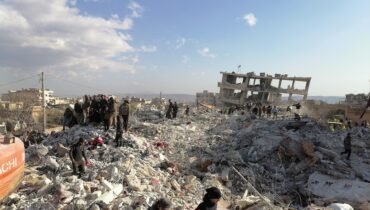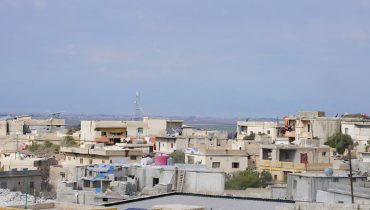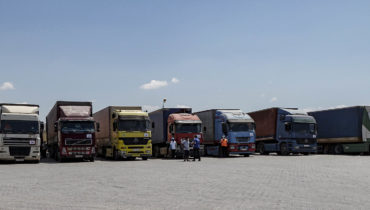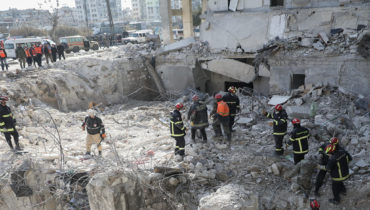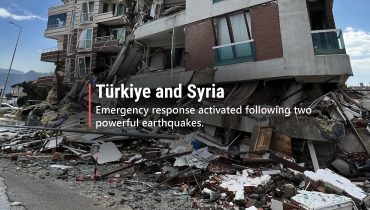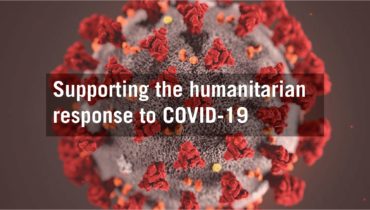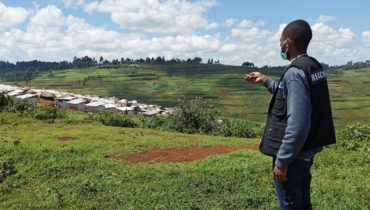Syria: Truce agreements lead to humanitarian improvements in besieged and hard-to-reach communities
24 October 2018
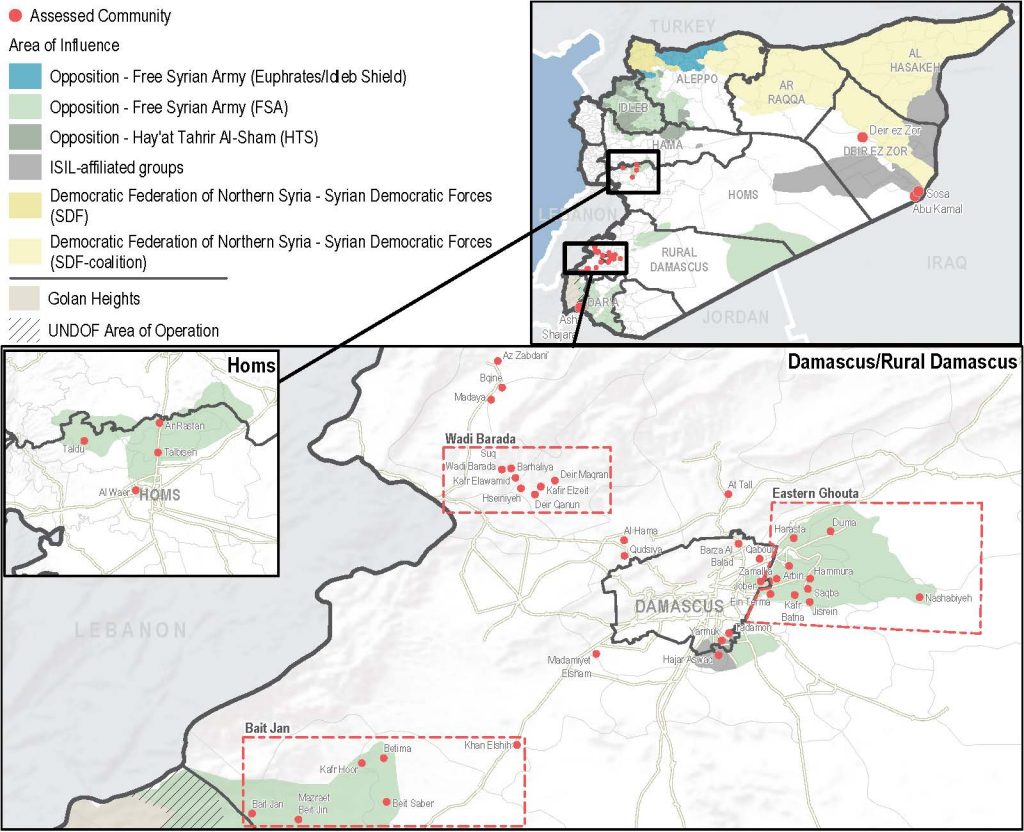
Map of assessed communities, and areas of influence sourced from Live UA Map, 30 November 2017
Historically, sieges have been used to blockade a community, cutting off entrance routes, in order to lessen the resistance of the local population. Unlike many historical tactics, this one is still in active use: in Syria, the UN estimates that 2.9 million people in need live in communities that are either besieged or otherwise hard-to-reach (HTR). While there are signs that humanitarian conditions in these communities improved in 2017, these improvements often followed a spike in violence and critically low humanitarian conditions.
Since early 2016, REACH, in association with the Syria INGO Regional Forum (SIRF), has studied a selection of the besieged and HTR areas in Syria on a monthly basis. This project has served to provide humanitarian organisations with up-to-date monthly information (published as ‘REACH Community Profiles’) on the needs of the populations in the areas being studied, and on the barriers to movement to and from these areas.
During the assessment period, approximately 20 of the communities in this selection signed truce agreements, which meant that they reached deals with opposing parties on issues such as an end to the fighting, evacuations, and improving residents’ ability to travel between communities. REACH data shows that these communities largely benefited from improved humanitarian conditions in 2017. While slight improvements were also observed in the assessed communities without truce agreements in 2017, residents of truce communities generally lived in areas that afforded greater freedom of movement, while having significantly better access to basic services such as water, electricity and healthcare. However, in almost all cases, the truce agreements followed a period of increased violence and unprecedentedly low levels of access to basic goods and services, to the extent where resistance to an agreement was likely no longer bearable. Additionally, a number of communities that signed truces saw an increase in certain protection risks,such as conscription and detention, particularly for men.
These findings suggest that, while some improvements were observed in 2017, there is a continued need for humanitarian assistance in besieged and HTR communities in Syria, including those that have signed truce agreements. While truce agreements can go some way to lessen humanitarian needs, aid actors should be aware of the escalations that precede them, the pressures that residents face to sign, and the protection risks that can follow.
Please find here the Community Profiles Annual Review and the Truce Community Trends Analysis.


